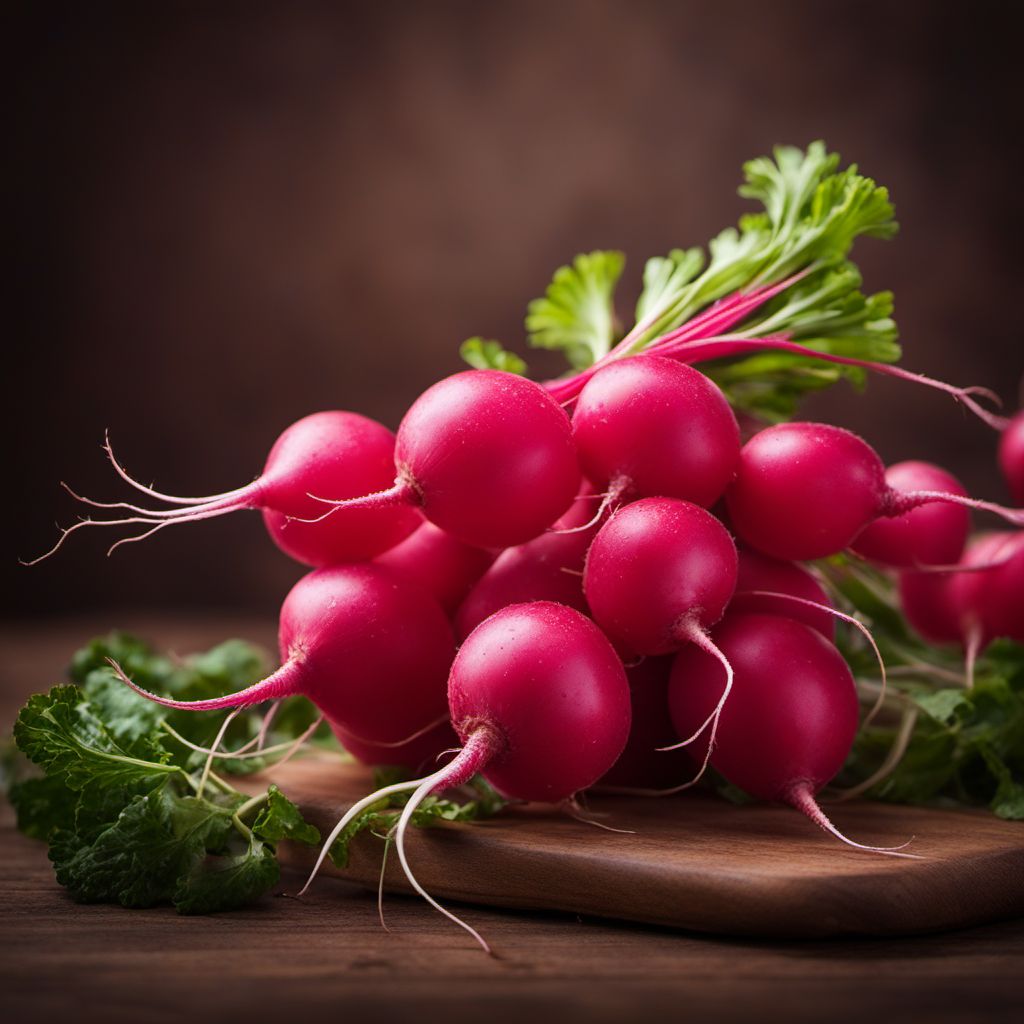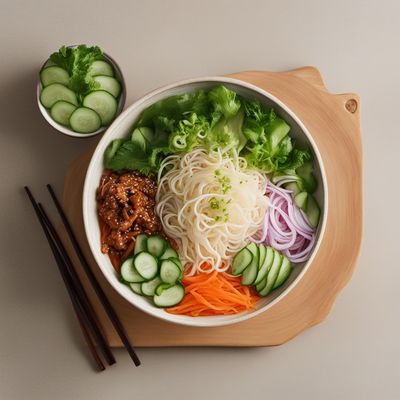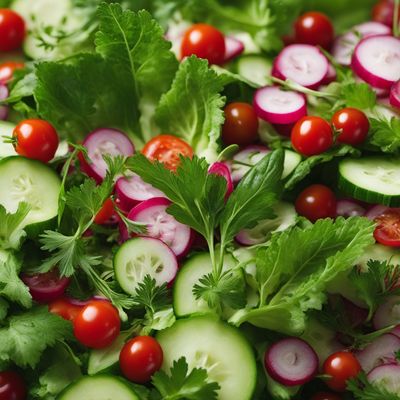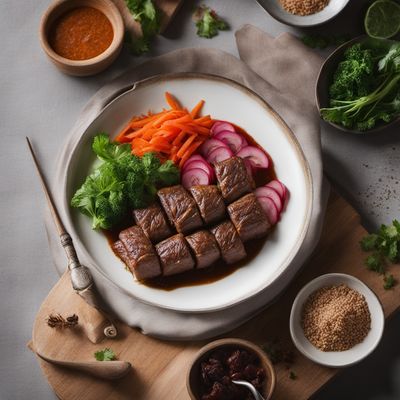
Ingredient
Radishes
The Vibrant Crunch of Radishes
Radishes come in a variety of shapes, sizes, and colors, ranging from small round red radishes to long white daikon radishes. They have a crisp, crunchy texture and a peppery, slightly spicy flavor. The skin is usually thin and can be eaten, while the flesh is juicy and firm. Radishes are often enjoyed raw in salads, pickled, or used as a garnish to add a pop of color and flavor to dishes.
Origins and history
Radishes have a long history and are believed to have originated in Southeast Asia. They have been cultivated for thousands of years and are now grown worldwide. Radishes are a staple in many cuisines, including Mexican, French, and Japanese. In Mexican cuisine, radishes are often served with tacos and used in salsas. In French cuisine, radishes are enjoyed with butter and salt as a simple appetizer. In Japanese cuisine, daikon radishes are used in soups, stews, and pickles.
Nutritional information
Radishes are low in calories and a good source of vitamin C, fiber, and potassium. They also contain small amounts of folate and vitamin B6.
Allergens
Radishes may cause allergic reactions in individuals with a sensitivity to cruciferous vegetables.
How to select
When selecting radishes, look for ones that are firm, smooth, and free from blemishes or soft spots. The skin should be vibrant in color, and the leaves should be fresh and green. Avoid radishes that are wilted or have cracked skin.
Storage recommendations
To store radishes, remove the leaves and store them separately. Place the radishes in a plastic bag or airtight container and store them in the refrigerator. They can be stored for up to two weeks. The leaves can be stored separately in a plastic bag with a damp paper towel for up to a week.
How to produce
Radishes can be easily grown in home gardens or containers. They prefer cool weather and well-drained soil. Sow the seeds directly in the ground or containers and thin them as they grow. Radishes mature quickly and can be harvested within a month of planting.
Preparation tips
Radishes can be enjoyed raw in salads, sliced and added to sandwiches, or used as a garnish for various dishes. They can also be pickled, roasted, or sautéed to enhance their flavor. Radish greens can be used in salads, soups, or stir-fries.
Substitutions
If radishes are not available, you can use jicama or kohlrabi as substitutes. Both have a similar crunchy texture and mild flavor. Another option is to use sliced cucumbers or turnips for a different taste and texture.
Culinary uses
Radishes are commonly used in salads, sandwiches, salsas, and pickles. In Mexican cuisine, they are often served with tacos and used in salsas. In French cuisine, radishes are enjoyed with butter and salt as a simple appetizer. In Japanese cuisine, daikon radishes are used in soups, stews, and pickles.
Availability
Radishes are widely available and cultivated in many regions around the world, including North America, Europe, Asia, and Latin America.
More ingredients from this category
Recipes using Radishes » Browse all

Chamchi Gimbap with a Twist
Seaweed-Wrapped Tuna Rice Rolls: A Flavorful Twist on Chamchi Gimbap

Midwestern American Cold Noodle Salad
Refreshing Summer Noodle Salad with a Midwestern Twist

Bhutanese-inspired Puccia Pugliese
Spiced Puccia Pugliese with a Bhutanese Twist

Devon-style Fish Cake Baguette
Seaside Delight: Devon-inspired Fish Cake Baguette

Refreshing Korean Cold Noodle Salad
Chilled Delight: A Vibrant Twist on Korean Jaengban Guksu

Authentic Mexican Green Pozole
Zesty Green Pozole: A Burst of Mexican Flavors

Armenian Herb-Stuffed Flatbread
Savory Armenian Herb Delight

Spring Salad with Fresh Herbs and Radishes
Garden Delight: A Vibrant Spring Salad Bursting with Fresh Flavors

Refreshing Mariana Islands Dongchimi Salad
Tropical Twist: Mariana Islands Dongchimi Salad

Tajik Beef Stew
Hearty Tajik Beef Stew: A Taste of Warmth and Comfort

Mordovian-style Beef Rolls
Savory Beef Rolls with a Mordovian Twist

Norwegian Beetroot Salad
Vibrant Nordic Delight: Norwegian Beetroot Salad

